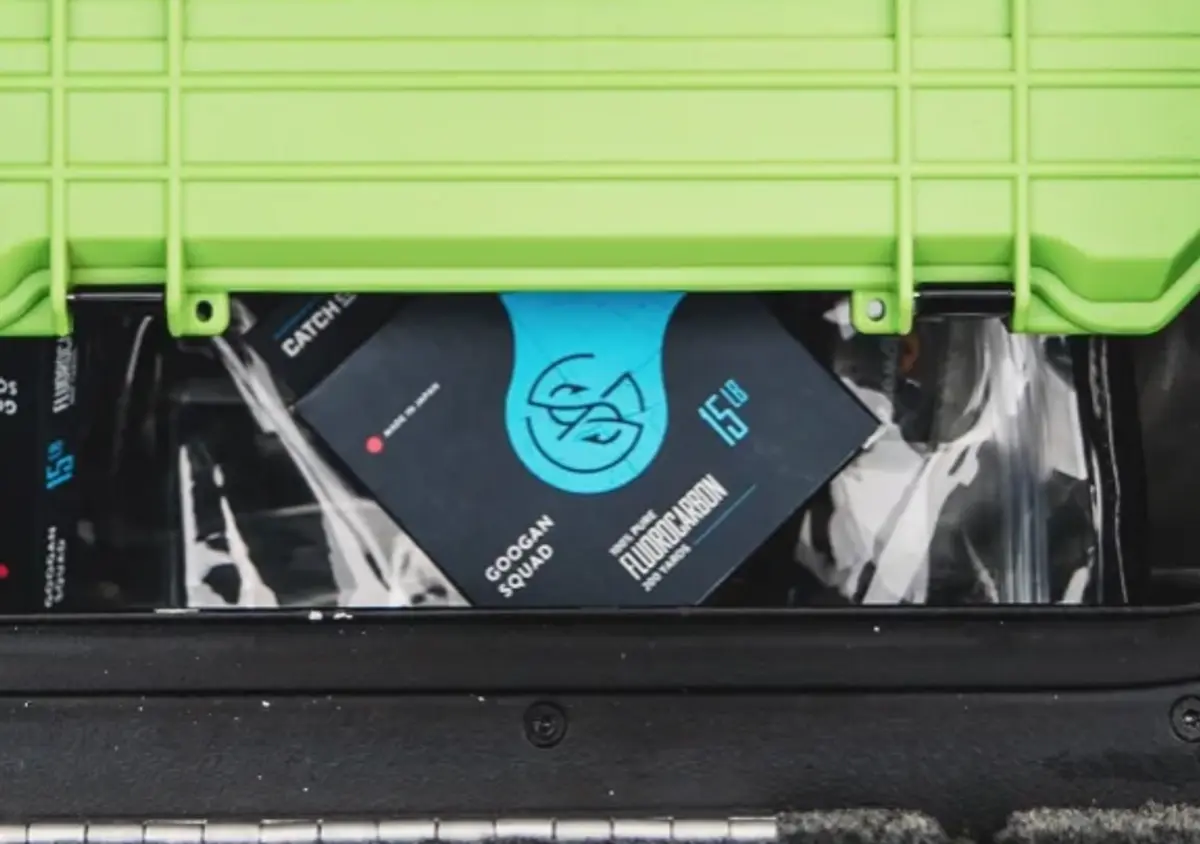Fluorocarbon fishing line, often overlooked by novices favoring monofilament, emerges as a wise investment for savvy anglers. Recognized for its sensitivity and low visibility, this polymer line has revolutionized bass fishing and become indispensable for various angling applications. Explore the nuances, advantages, and recommended uses of fluorocarbon fishing line in this comprehensive guide.
1. Understanding Fluorocarbon Fishing Line: Fluorocarbon is a polymer boasting near-invisibility to fish, aligning closely with water’s refractive index. Resistant to sunlight, chemicals, and water absorption, it surpasses monofilament in sensitivity. The tight molecular packing of fluorocarbon transmits more energy, enhancing sensitivity and providing a crucial edge in detecting subtle bites or bottom interactions.
2. Pro Advantages: Increased Sensitivity and Invisibility: Renowned bass professionals prioritize fluorocarbon for its heightened sensitivity, allowing them to feel bites and discern the bottom’s topography more effectively than monofilament. The near-invisible nature of fluorocarbon in water makes bass less wary, translating to more bites across various lure types—especially in clear-water conditions.
3. Fluorocarbon’s Density for Depth Exploration: Fluorocarbon’s density facilitates faster sinking, making it ideal for deep-water applications. Crankbaits and stickbaits can reach 25% greater depths, offering anglers versatility in exploring various underwater terrains. The increased sensitivity aids in detecting strikes at depths exceeding 20 feet, providing an advantage in deep-water bass fishing.
4. Abrasion Resistance for Tough Environments: Fluorocarbon’s abrasion resistance shines when navigating challenging environments like rocks and docks. Ideal for fishing around metal structures, it prevents line breakage during bass runs under or behind docks. The line’s knot strength, comparable to monofilament, eases the transition without requiring specialized knots.

5. Line Selection Tips and Tricks: To optimize fluorocarbon use, anglers should consider factors like sunglass lens color and line-watching techniques. Sunglasses with amber lenses prove effective in detecting fluorocarbon lines, and observing the line where it meets the water aids visibility. Additionally, fluoro-coated lines offer alternatives with advantages like low visibility and ease of casting.
6. Lure Recommendations for Fluorocarbon: Fluorocarbon excels in specific lure applications, making it the preferred choice for flipping or pitching jigs and Texas-rigged soft plastics into thick cover. Professionals utilize it for finesse tactics, including drop shot rigs, wacky rigged worms, and tube baits. The guide provides detailed recommendations for various line strengths, matching fishing conditions and target species.
7. Fluorocarbon Line Recommendations: Tailored recommendations guide anglers in selecting the appropriate fluorocarbon line strength based on fishing scenarios. Ranging from 6lb for ultra-clear water finesse to 25lb for heavy-duty applications targeting large fish, the guide ensures anglers make informed choices aligned with their fishing preferences.

Unlock the full potential of your fishing endeavors by embracing fluorocarbon fishing line. With enhanced sensitivity, low visibility, and versatility across applications, fluorocarbon stands as a reliable ally for anglers seeking a long-term investment in their fishing success.
Image/Source: ShopKarls





